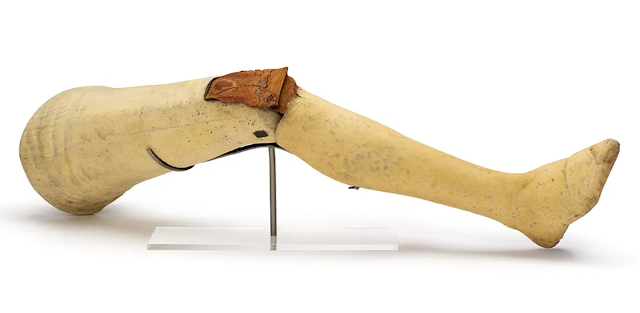ROMA HISTORY AND CULTURE: Exit, Pursued By A Bear (A Hypothesis)
At the IMC Leeds 2018 the traditional session on medieval animals turned to the topic of bears. Much was made of their significance of bears in the cultures of northern European nations. Little was remarked upon of the existence of bears in the Central Eastern Europe and parts of the Middle East – primarily the Syrian Brown Bear (Ursus Arctos Syriacus). In response to a question stemming from her paper Irina Metzler remarked on the legal restrictions which were placed on people described as ‘those who keep bears’ – with the implication that this speaks to individual people rather than a particular group of people. I would suggest an alternative possibility, which may stem from a confusion over a single term – Ursari.
The word appears to perhaps be Latin with a root in Ursus. However in Central Europe (and towards Russia) the term Ursari also has roots in Romanian, and refers to one of the distinct group among the Roma community. Specifically the word refers to the occupational group within the Roma who primarily work as animal trainers – primarily smaller brown bears from the Carpathian mountains. There is some degree of overlap with another animal training Roma group in the same region who primarily train old world monkeys – with some Ursari families training both. As such the term Ursari has the meaning ‘bear leader’ or ‘those who keep bears’. There is much debate about whether the Ursari are a group within the Sinto subgroup of Roma peoples (The Sinto would eventually come to reside primarily in the lands of the former Holy Roman Empire - and would suffer from increasing persecution over time). It is worth noting that within Romania and surrounding regions the Ursari tended to retain their nomadic lifestyle however as a distinct endogamous community integration and interaction was largely on the fringes of society. It may be possible therefore that the condemnations of those who keep bears do not refer to private individuals but to a unique racial group – early references to the treatment of the Ursari. It is perhaps not surprising given the often heated debates around Roma society and culture (often by those with little understanding of its complexity) this possible reference may have been overlooked. Without exact references it remains uncertain – however it is known from population studies that Roma populations were present in Europe during the Middle Ages – while some other nomadic populations such as those referred to in government data as Indigenous Highland Travelers in Scotland were present even earlier. Given the treatment of nomadic populations within Europe and the Roma more specifically it is not a large leap in logic to believe that such regulations – directed against a primary occupation – could be passed by any regime during the period.
The word appears to perhaps be Latin with a root in Ursus. However in Central Europe (and towards Russia) the term Ursari also has roots in Romanian, and refers to one of the distinct group among the Roma community. Specifically the word refers to the occupational group within the Roma who primarily work as animal trainers – primarily smaller brown bears from the Carpathian mountains. There is some degree of overlap with another animal training Roma group in the same region who primarily train old world monkeys – with some Ursari families training both. As such the term Ursari has the meaning ‘bear leader’ or ‘those who keep bears’. There is much debate about whether the Ursari are a group within the Sinto subgroup of Roma peoples (The Sinto would eventually come to reside primarily in the lands of the former Holy Roman Empire - and would suffer from increasing persecution over time). It is worth noting that within Romania and surrounding regions the Ursari tended to retain their nomadic lifestyle however as a distinct endogamous community integration and interaction was largely on the fringes of society. It may be possible therefore that the condemnations of those who keep bears do not refer to private individuals but to a unique racial group – early references to the treatment of the Ursari. It is perhaps not surprising given the often heated debates around Roma society and culture (often by those with little understanding of its complexity) this possible reference may have been overlooked. Without exact references it remains uncertain – however it is known from population studies that Roma populations were present in Europe during the Middle Ages – while some other nomadic populations such as those referred to in government data as Indigenous Highland Travelers in Scotland were present even earlier. Given the treatment of nomadic populations within Europe and the Roma more specifically it is not a large leap in logic to believe that such regulations – directed against a primary occupation – could be passed by any regime during the period.


